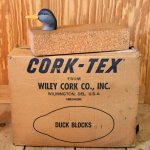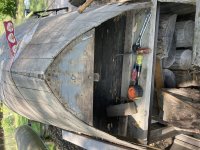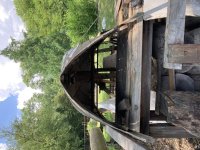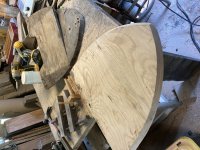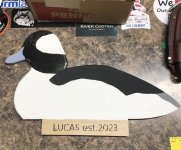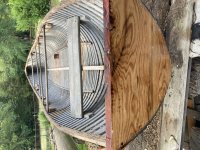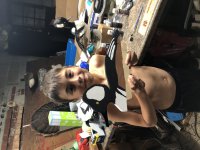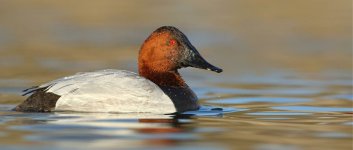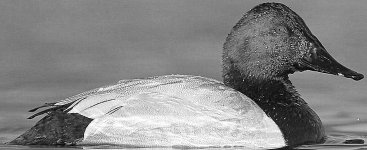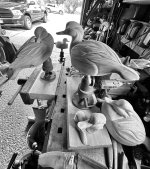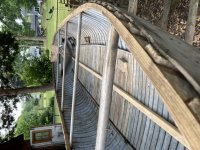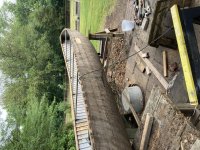Steve Sanford
Well-known member
Good morning, All~
I see Bob and Jode snuck some fine work in on the tail end of the May 'bench.....
I am in the midst of uncountable projects - but thought I would begin this month with 2 smaller tasks. This Whimbrel is for a long-time customer....

He is a good reminder of how finish sanding usually takes more time than the actual phase. - at least for me when I'm working on a "mantel-piece" bird. Next is a sealing coat of thinned spare varnish. The eyes still need some careful attention.
The bill is limbwood from Shagbark Hickory. I use a length grown to the needed curve and then mortise it deep into the cranium. Thickened epoxy keeps everything tight and strong.

The Black Duck is another - maybe the final - addition to my Old Saybrook/Quogue rig that I've been assembling the last few years. I am planning/hoping to bring the completed rig to Tuckerton in late September - ready-to-hunt. His eyes, too, need some final shaping. Such meticulous jobs are a challenge for my monovision and its lack of depth perception.

All the best,
SJS
I see Bob and Jode snuck some fine work in on the tail end of the May 'bench.....
I am in the midst of uncountable projects - but thought I would begin this month with 2 smaller tasks. This Whimbrel is for a long-time customer....

He is a good reminder of how finish sanding usually takes more time than the actual phase. - at least for me when I'm working on a "mantel-piece" bird. Next is a sealing coat of thinned spare varnish. The eyes still need some careful attention.
The bill is limbwood from Shagbark Hickory. I use a length grown to the needed curve and then mortise it deep into the cranium. Thickened epoxy keeps everything tight and strong.

The Black Duck is another - maybe the final - addition to my Old Saybrook/Quogue rig that I've been assembling the last few years. I am planning/hoping to bring the completed rig to Tuckerton in late September - ready-to-hunt. His eyes, too, need some final shaping. Such meticulous jobs are a challenge for my monovision and its lack of depth perception.

All the best,
SJS


